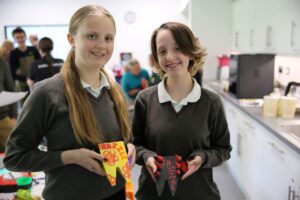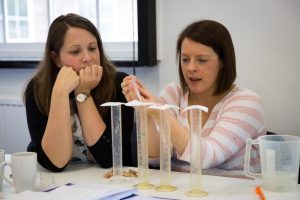Woodland springs to life at the Science Oxford Centre
Tuesday 15th March 2022
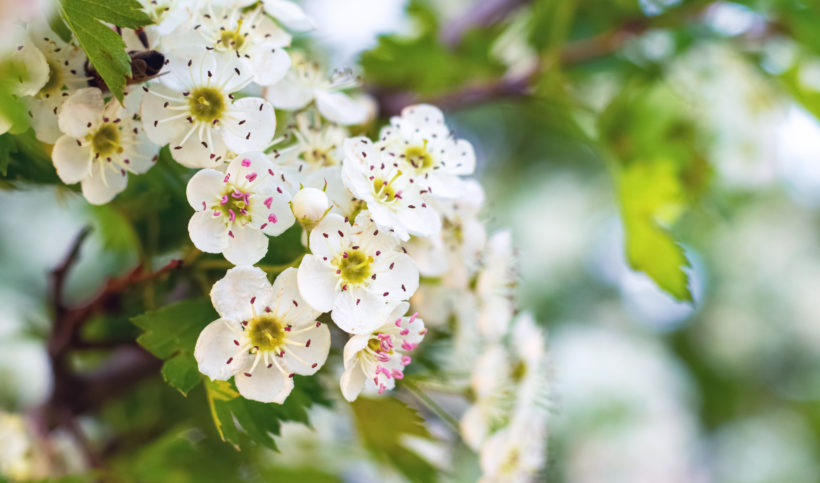
Earlier this March, we caught up with our Outdoor Ecology and Education Manager, Dr Roger Baker, to find out what’s springing up in the woodland and grounds around the Science Oxford Centre…
Sensing Spring: It’s finally that wonderful time of year when we herald the start of the spring. Although it’s been far from extreme, the seemingly vice like grip of winter starts to ease, the days lengthen and the temperatures rise. But perhaps most importantly we can sense the many changes all around us in the woodland here at the Science Oxford Centre. Tree buds are forming, the birds are singing, the flowers are blooming and there are insects on the wing. It’s definitely happening early this year, but we’re ready with our new edition spring woodland trail map. We’ve added some new idea prompts this season, encouraging you to use different senses as you walk through the woods. How many things can you see, which can you touch, what can you hear and are there many you can smell?
(Please don’t try and ‘taste’, we always discourage tasting the wildlife unless you are 100% sure it is safe to do so!).
Download the spring woodland map here.
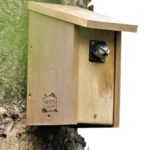 You will certainly be able to hear the increase in bird activity at this crucial time of year as the birds prepare their nests for the broods that will exploit the bountiful spring and summer months ahead. We have installed over 40 bird boxes in the last two years, including several made by our visiting children, to increase the available habitats for our bird population. Each year I make sure I have emptied the boxes ready for their new inhabitants, as pests and less desirable occupants can build up in the old nesting material. Right now there are birds gathering nesting material to line these and other suitable spaces all around our centre.
You will certainly be able to hear the increase in bird activity at this crucial time of year as the birds prepare their nests for the broods that will exploit the bountiful spring and summer months ahead. We have installed over 40 bird boxes in the last two years, including several made by our visiting children, to increase the available habitats for our bird population. Each year I make sure I have emptied the boxes ready for their new inhabitants, as pests and less desirable occupants can build up in the old nesting material. Right now there are birds gathering nesting material to line these and other suitable spaces all around our centre.
![]()
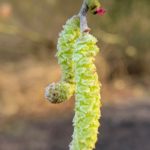 The first flowers of spring have been around for some time but you often have to look closely to see them. I aways enjoy spotting the tiny delicate female flower of the hazel, easy to miss alongside the obvious male catkins, but a welcome early dash of colour for those observant enough to spot them. I’ve never managed to smell hazel, nor do the even earlier flowering snowdrops carry much of a scent, but if we’re patient we’ll soon have the gorgeous bluebells to enjoy. We’ve only a modest display here but parts of the local countryside are dominated by carpets of these fragrant colourful flowers, the native ones being far more scented and deeply coloured than the invasive Spanish variety.
The first flowers of spring have been around for some time but you often have to look closely to see them. I aways enjoy spotting the tiny delicate female flower of the hazel, easy to miss alongside the obvious male catkins, but a welcome early dash of colour for those observant enough to spot them. I’ve never managed to smell hazel, nor do the even earlier flowering snowdrops carry much of a scent, but if we’re patient we’ll soon have the gorgeous bluebells to enjoy. We’ve only a modest display here but parts of the local countryside are dominated by carpets of these fragrant colourful flowers, the native ones being far more scented and deeply coloured than the invasive Spanish variety.
![]()
![]()
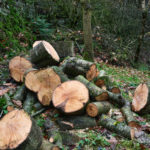
This winter we have been undertaking some careful tree work to ensure the safety of our visitors in the woodland and the trees themselves. As you may already know, the wonderful ash trees that have long dominated many of the woodlands in this country have been under a severe threat. A fungal disease, known as ash die back, has spread across the country since it was first observed around thirty years ago. Many landowners have taken the decision to fell these magnificent trees before they become too dangerous to bring down safely. We have taken advice and are starting to thin out these trees on our site, combined with replanting with suitable disease resistant native species such as oak and small leaved lime. As you wander the woods you may see some of the timber we have already brought down. Take the opportunity to touch the bark of these great trees some of which have lived for over 100 years. Think of how the world has changed since these organisms were small!
![]()
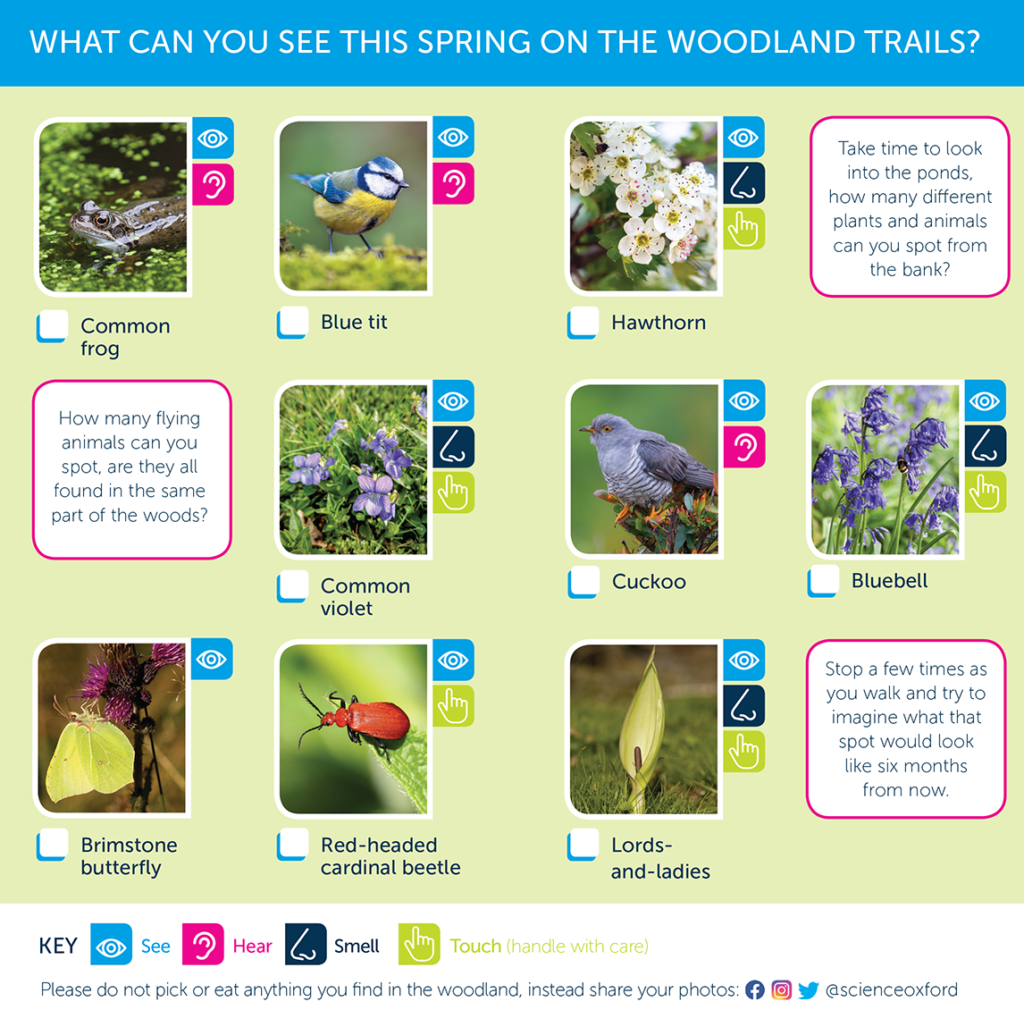
Blog by Dr Roger Baker, our Outdoor Ecology and Education Manager


